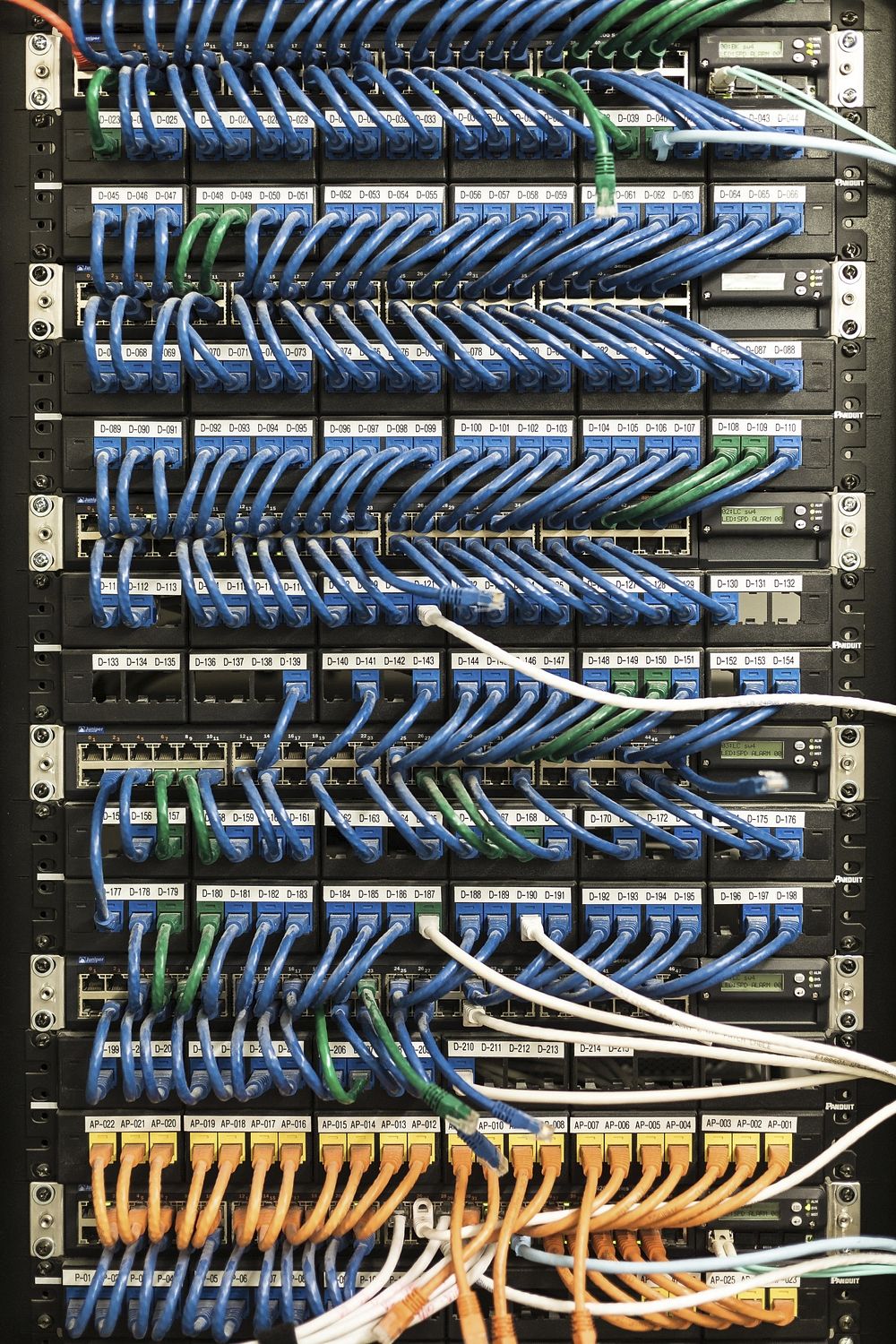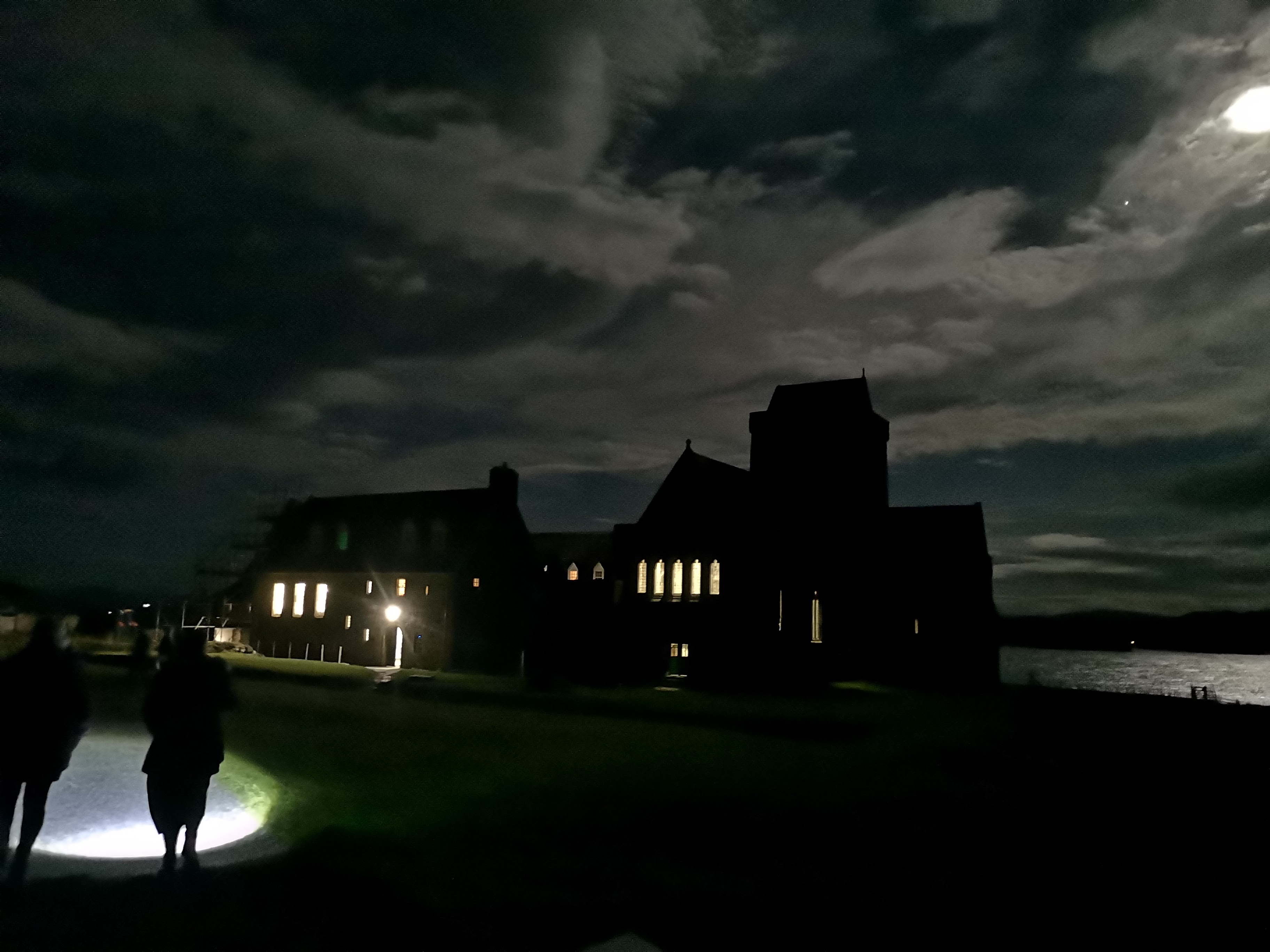
A couple of weeks ago I wrote a post about church leavers – making reference to work done mapping an increasing Christian diaspora here in the UK who used to go to church but for many reasons no longer feel that they can. The research reveals a rather fascinating pattern of people who retain faith, but not religious observance in the sense of attending institutional gathered worship. As far as we can tell, these are not small numbers of people – in fact Steve Aisthorpe (in his book Invisible Church) has suggested that we need to start thinking about these people as the larger part of the ‘church’.
This raises lots of questions. Here are just a few of them;
If more people who seek to live out faith in the UK are NOT attending Church regularly than are, what is Church doing wrong? Or what are those non attenders looking for that they are not finding? (My last post tried to describe some of the past ways that Church has tried to renew itself, with at best limited and local successes)
How can faith form and reform without gatherings, without buildings, without programmes and paid staff?
How will we ‘make diciples’? How will we learn? How will we find commonality and inspiration? How will we prevent our ‘coals going cold’?
If we even wanted to make converts, what would we do with them after they converted?
If people are free to believe what they want to practice what they feel like, then what is the point of doctrine or creeds? Is this OK? How much freedom to make a new way is acceptable? What if this new way takes extremist paths?
One explanation/condemnation for church leaving we hear within Church is concerned with the scourge of post-modernist individualism. Those who leave do so because we are seduced by it. Whether this is true or not, it points to a cultural reality of isolation, ex-carnation and avotarism. (I might have made up at least one of those last words.) In this contect, how do people find connection and community?
Perhaps these church leavers need help. What does this look like? Where will the help come from?

I have few answers to these questions, but I think they need to be asked. The current approach has tended to take a ‘save the Church’ approach and it does not seem to be working. If it was working, I would still think it wrong headed.
I should say again that I certainly do not mean this to be read as a criticism of Church. So much good happens in and around the old buildings. So many good people still work in them. Those who attend are not to be abandoned.

I took the photo above a week ago, on our way into the abbey on Iona to attend a service led by members of the Iona community. This service, and the one the next morning, had a profound effect on both of us. It was simple, unflashy, with dirge-like hymns. We sat in the cold and damp of the old abbey and I wept.
Why did I find this service so moving? It was the welcome, the sense of deliberate inclusivity, the freedom to make and take whatever I needed from the gathering with no expectations, no narrow hoops to jump through. Then there was the liturgy, skewed towards justice and grace. (It feels like a long time since I did not have to grit my teeth through at least some parts of a communion service.) Then there was the companionship, which included people from all over the world. A mental health social worker from Philadelphia wondering if she could keep going. A group of muslims from Bradford. All of us gathered around the same table which belonged to none of us and all of us at the same time. It was like coming home.
Later we spent a long time talking about the community to one of the members. Despite the relativly high profile of the Iona community, there are only about 250 full members, although a few thousand associate members around the world. The full members hold each other accountable in relation to four rules, wheras associate members make a more general commitment to the same;
Daily prayer, worship with others and regular engagement with the Bible and other material which nourishes us.

Working for justice and peace, wholeness and reconciliation in our localities, society and the whole creation.

Supporting one another in prayer and by meeting, communicating, and accounting with one another for the use of our gifts, money and time, our use of the earth’s resources.

Sharing in the corporate life and organisation of the Community.
I have been reflecting on all of this ever since. The gift of time and transcendance found in the abbey on Iona, then the scattering of goodness throughout the world in the form of a dispersed community. Some within this community have made a deeper commitment and this feels fine too, because we need them to act as elders, as eclesia.
Those two element – the occassional special gathering and the wider connection – seem to me to be very important in the context of our post-churched diaspora of faith. Those who do it well have a vital role to play.
There are other networks of course. Other ways that this plays out. The internet offers us and whole new way to move and connect. We zoom now as easily as we telephone.
Is this the way forward for many of us?

Pingback: What sort of organisation might be useful in the context of post-Church spirituality? | this fragile tent
Pingback: Remaking religion 3: organisation… | this fragile tent